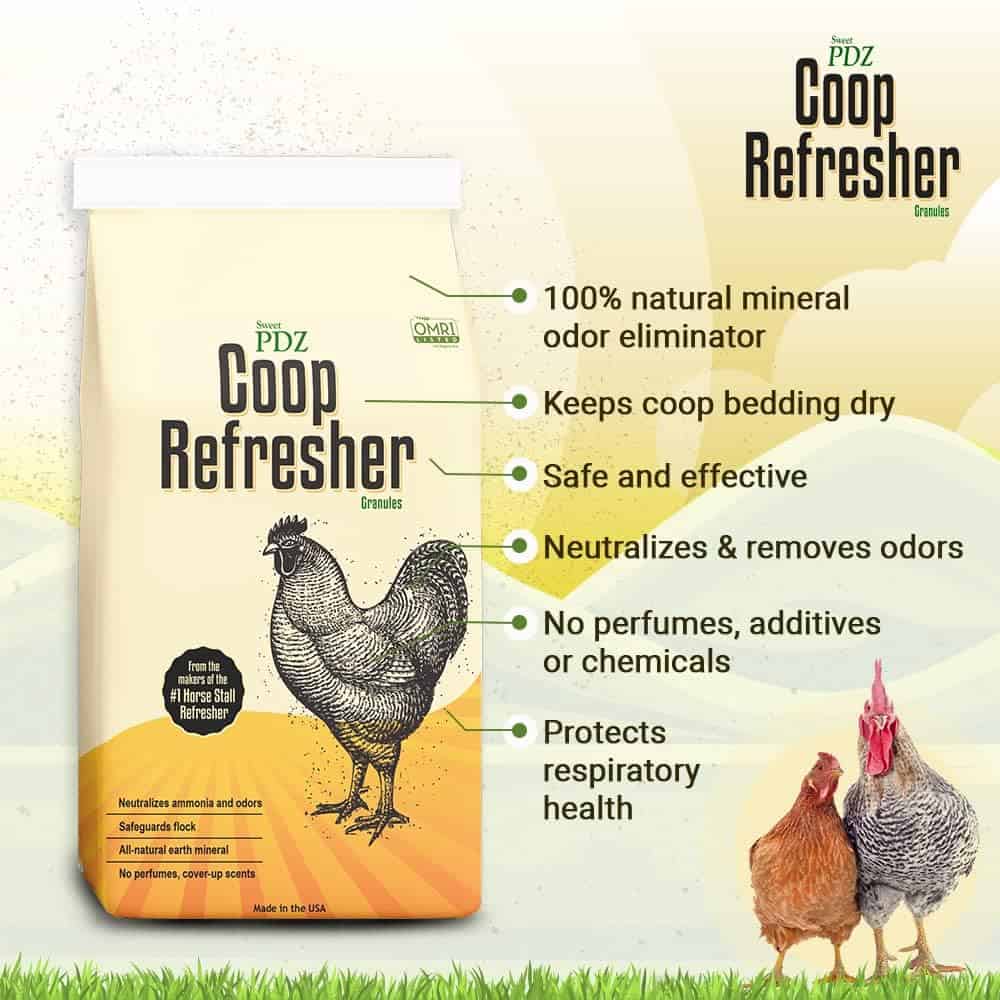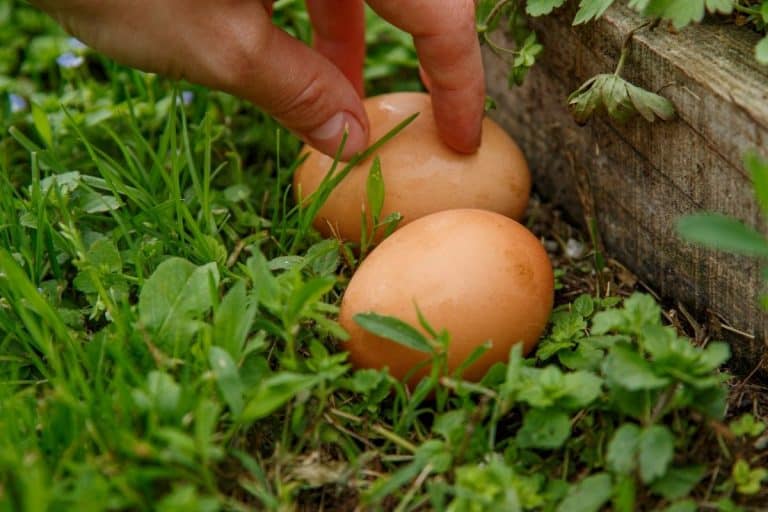Can Baby Chickens Go in the Water?
It was never really thought of to take chickens swimming in the family pool or pond for fun, but many backyard flock raisers have decided to see how well our favorite egg-laying friends take to the water. Chickens, in fact, can and do swim, not usually because they strike up the fancy to, but they are more or less encouraged by owners. That brings in the question of how well do the little baby chicks swim? The answer is not well.
Chicks do not swim. Not only because they can easily drown, but because they have down, not feathers like adults, which doesn’t allow for much insulation, quickly leading to hypothermia.
Many farmers and those raising chicks since they were in their incubators will tell you that you learn a lot through experience and trial and error. Thankfully there are plenty of online resources today that will help chicken novices through the beginning stages of raising chicks, one thing remains essential; keep them out of the water and keep them warm. Continue reading to find out more about chicks and their dangers with water.
But before you dive into this topic, did you know I've got a page packed with my go-to chicken stuff? From the best feed to handy tools, it's all there. Don't you want the best for your flock? Check it out right here.
Can chicks go in the water?
While chicks can certainly go in the water, it is unlikely that they will be able to swim if it is actually deep. It is crucial that you do not attempt to have your chicks swim in any deep water at all. They will not float like adult birds and will drown rapidly.
If they are very young and weak especially, they are at a much higher risk of drowning even in a water dish. They will also get too cold and quickly die from low body temperature. Their soft, down feathers, become rapidly waterlogged and will cause them to sink and drown in only a matter of seconds.
With age, swimming become more natural for chickens, but you have to be very cautious with young chicks.
Down feathers
When a chicken is first hatched, they are covered in down, which helps the young chick stay warm. These are the same type of feathers that go inside of comforters, pillows, and coats. While the young ones only have down to protect and keep them warm, it is extremely absorbent and is the reason why they will drown or die of hypothermia quickly.

Wait, I have some recommendations for you!
Before you go any further, I want you to take a look at some of the recommendations I've handpicked for you. I think these are essential items you should have for your chickens flock. You can check them out and buy them directly from Amazon.
 |  |  |  |
| Essential accessory for your coop | No more tripping over hoses! | Predator protection made easy | Comfort + style is possible |
What happens if a chick gets wet?
Chicks are very small and fragile little creatures for quite a while. They are at high risk of injury, illness, and hypothermia.
It is important to keep baby chickens in a controlled environment for several weeks until they are old enough to venture out into a coop and run. Water is a big danger for them if not properly set up can lead to disaster and should be taken seriously when designing their temporary habitats.
Hypothermia
Hypothermia is where the body becomes too cold, eventually resulting in organ failure. A chick is easily susceptible to this issue, especially when they become wet.
They are very small and don’t have much body insulation from their feathers because the down is too light and soft. Once they become wet, the likelihood of hypothermia is very high if they are not quickly warmed back up.
Illness
Birds are easily susceptible to upper respiratory issues if exposed to water, cold and unsanitary environments. Young chickens are no exception to this. If a chick is left wet and cold for too long, then the risk of hypothermia and illness spikes.
If you manage to warm the young one up before hypothermia is an issue, you still may end up with a sickly baby on your hands. If symptoms of upper respiratory infection arise, like lethargy and decreased appetite with wheezing or discharge from the eyes and nose, then quickly contact your veterinarian.
What to do if a chick falls into the water?
If one of the little chicks, unfortunately, falls into their water or manages to get wet somehow, then quickly getting them out of the water and drying them off is the first thing to do.
Preventing hypothermia is the main battle with wet chicks:
- Gently massage moisture out of their soft down feathers using a warm towel.
- Then with a hairdryer or diffuser, ensuring that the setting is not high enough to burn them, blow them dry.
- Monitor the chick for several hours before putting back into the enclosure with its siblings.
- Putting them temporarily inside an incubator, if they are small enough still, is also an option.
Can chicks drown?
It is an unfortunate and sad sight to see when a baby chick manages to drown in its waterer or fountain. It is too easy for this type of accident to happen when raising very young chicks.
It is important to note that you should not have any kind of deep water source around them until they become strong enough to ‘right’ themselves out of the dish if they manage to fall in. Baby chickens are extremely susceptible to drowning and all actions to prevent this should be taken.
How to prevent chicks from drowning?
There are a few tips on how to prevent your chicks from drowning in their waterers or fountains. Usually, it only requires a proper setup and not much effort on your part.
Be sure to avoid pans or watering dishes that the chicks can walk into and defecate in, even if very shallow. Not only to minimize the risk of drowning but because the feces and urine only invite illness and disease among your new and vulnerable chicks.
Small waterer or fountain
When bringing young, fresh chicks into a new environment, it is wise to invest in a very small and shallow waterer or fountain. There are specific brands and models meant just for the use of chicks, meaning that they are not deep enough for them to fall in.
Here is an example on Amazon. Anything like this, where the chicks can’t drown is perfect.
Position of the waterer
When placing the waterer inside the enclosure with the chicks, placing it on something to elevate it could be helpful in preventing the chicks from falling into, but they can still comfortably reach it to drink out of.
Hanging the waterer or purchasing a “brooder bottle” (check this one on Amazon) or nipple style waterer is also an option (it looks like this).
If you absolutely have to use a larger waterer, then placing marbles or rocks inside of the trough so that the chicks can drink from the interstices without falling in is possible but still risky.
At what age can chickens start to swim?
The youngest age that a chicken should be before going into deeper water is about 5-6 weeks old. This is when they begin growing their adult feathers and shed their soft down ones from when they were very young chicks.
The down feathers are what soaks up water quickly, allowing for speedy waterlogging and hypothermia, so no longer having those working against them helps significantly.
Adult feathers
As the chicken ages, they shed their down and start growing their pin or contour feathers. They are larger with colored ends and down at the base in order to help keep the chicken warm.

Flight feathers also begin growing on the wings and tail. These are much stronger than the contour feathers and aid in activities like gliding and short flights.
Floating
The ability to float on the surface of the water only comes when the chicken has grown most of its adult feathers in. It is crucial that they do not still have down.
The adult feathers allow for the chicken to float because they are able to trap air inside them, keeping them buoyant, instead of quickly becoming waterlogged like the young feathers chicks have.
Chicks cannot swim
The overall lesson to learn is that not subjecting your chicks to water beyond their small bottle or feeder is the safest way to raise them. Their soft and fluffy down only puts them in danger and losing chicks to something so easily preventable like drowning or illness is not something that flock raisers want.
Keep your baby chickens safe and warm by providing the appropriate and ideal environment and enrichment possible.






